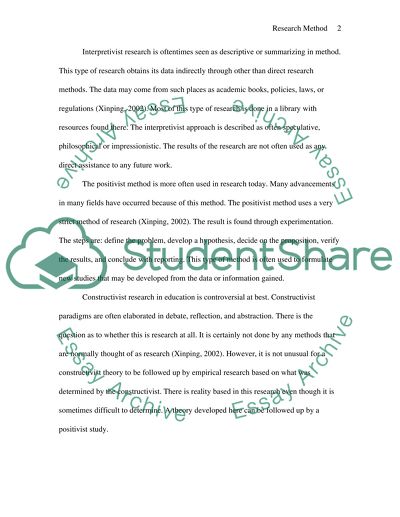Cite this document
(“Positivist, Interpretive and Constructivist Approaches in Social and E Literature review”, n.d.)
Positivist, Interpretive and Constructivist Approaches in Social and E Literature review. Retrieved from https://studentshare.org/education/1521735-educational-research-essay
Positivist, Interpretive and Constructivist Approaches in Social and E Literature review. Retrieved from https://studentshare.org/education/1521735-educational-research-essay
(Positivist, Interpretive and Constructivist Approaches in Social and E Literature Review)
Positivist, Interpretive and Constructivist Approaches in Social and E Literature Review. https://studentshare.org/education/1521735-educational-research-essay.
Positivist, Interpretive and Constructivist Approaches in Social and E Literature Review. https://studentshare.org/education/1521735-educational-research-essay.
“Positivist, Interpretive and Constructivist Approaches in Social and E Literature Review”, n.d. https://studentshare.org/education/1521735-educational-research-essay.


